Tour The Bouncy Castle That Will Be Shipped To Space
The BEAM is cheaper to transport than a metal capsule because the fabric is much lighter and can be folded into a smaller space. It will be shipped inside the SpaceX Dragon capsule.

Then the Dragon capsule will be attached to a Falcon 9 rocket, which will ferry it to the International Space Station as part of a resupplying mission in 2015.
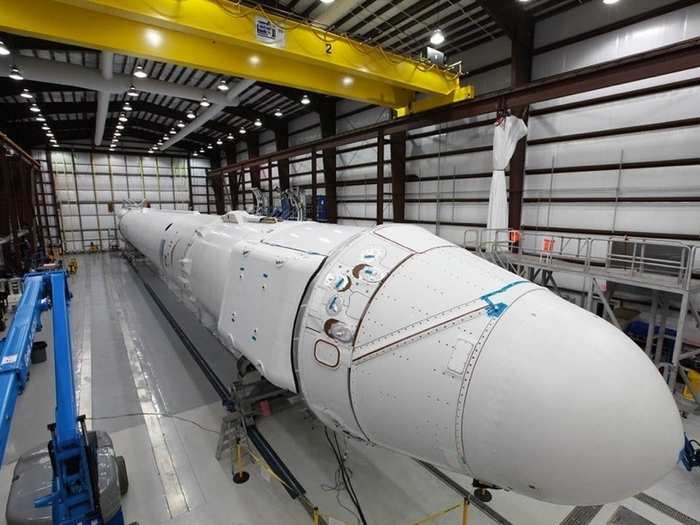
Once in space the BEAM will be taken out of the Dragon by a large robotic arm and attached to the ISS, as you see here.
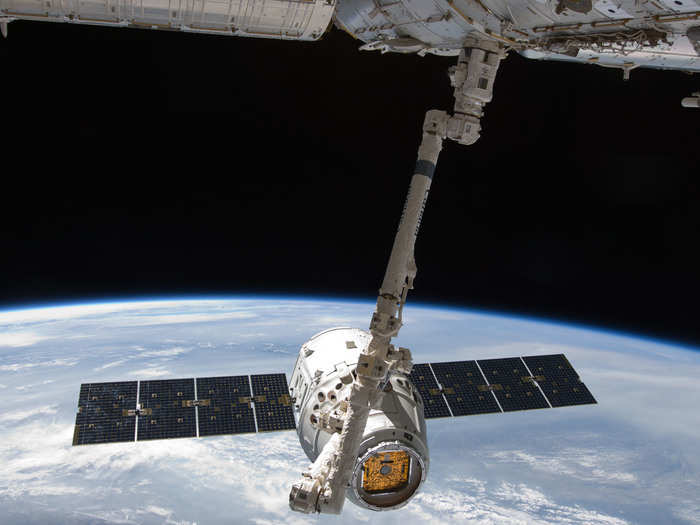
Then an astronaut will hit a button that causes the BEAM to expand to its full size.
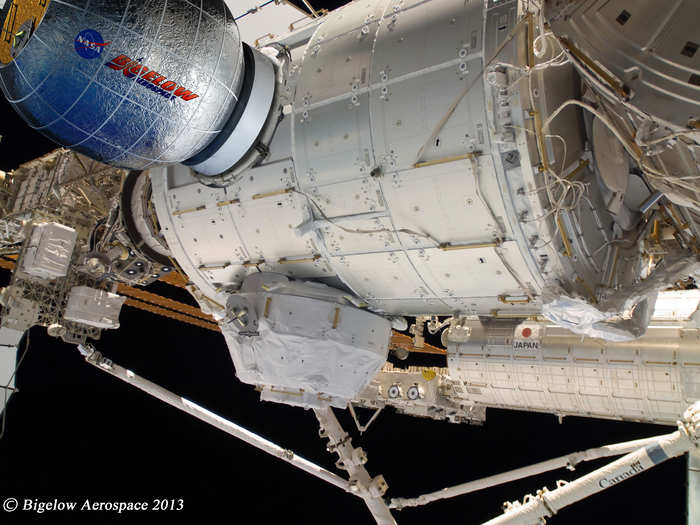
Over the course of the next two years, the ISS astronauts and scientists on Earth will monitor the module to see how well it performs over similar aluminum-based models. Instruments in the balloon will measure things air leakage, temperature, and radiation.
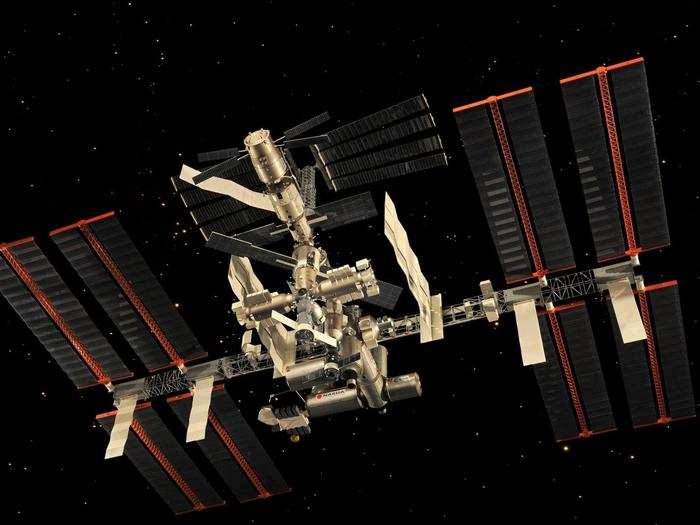
Though it looks like a giant balloon, the BEAM weighs 3000 pounds. When inflated it will be about 13 feet long and 10 feet wide.
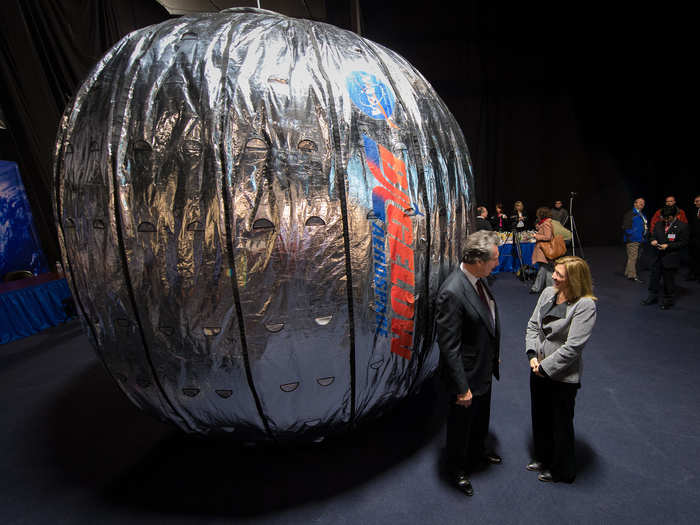
Its walls are made of an extremely tough synthetic materials resistant to extreme heat and radiation. Even a high-speed meteoroid won't puncture it.
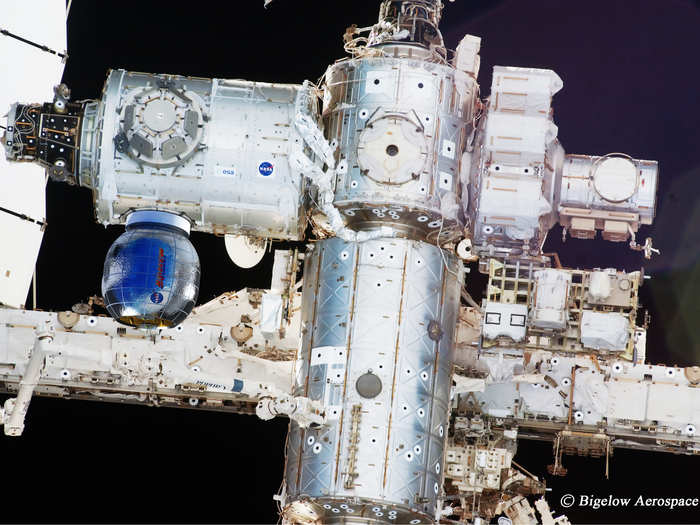
That's not all: Rooms like the BEAM don't have to be attached to a space station. They can float freely in space.
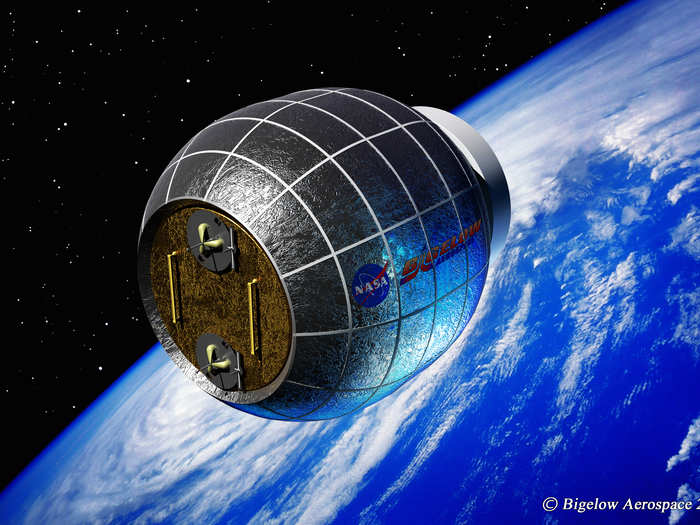
The ISS's BEAM is just the first of the expandable habitats Bigelow hopes to launch into space. The company is also building a larger unit called the BA 330, which will house six astronauts.

Boeing also makes a spacecraft, called the CST-100, that can transport passengers to these units. Below, a CST-100 is attached to a BA 330 expandable.
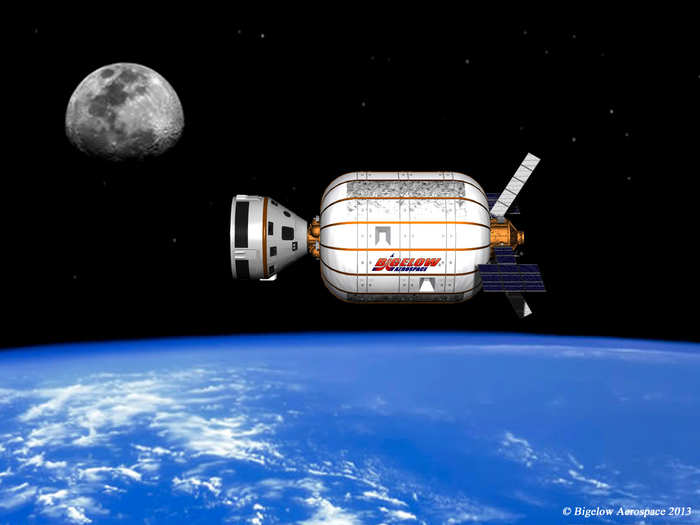
Two BA 330s could form the body of Bigelow Aerospace's own space station, which they've dubbed Alpha Station. Here a SpaceX Dragon and a Boeing CST-100 are docked to a proposed Alpha Station.
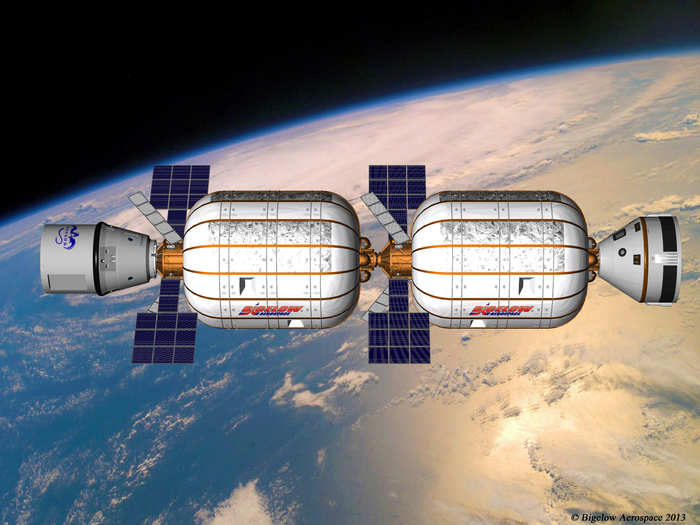
Bigelow intends to lease room on the space station to countries and corporations — at a cost of $26 Million to $36 Million per astronaut, depending on method of travel. Missions can last anywhere from 10 to 60 days.
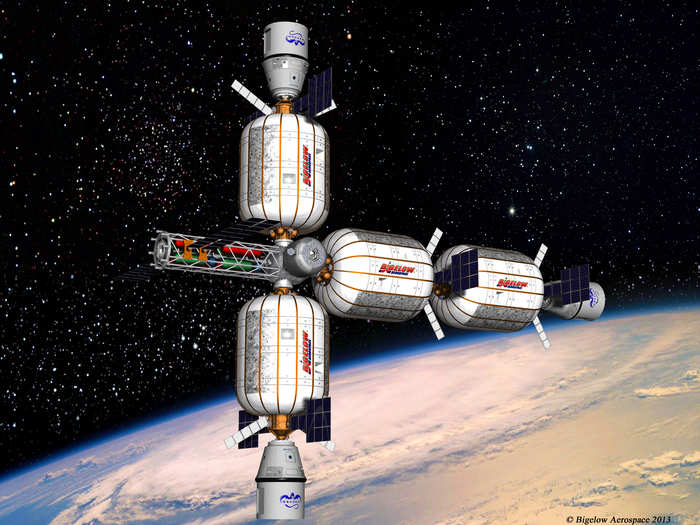
$26 Million may seem like a lot of money to be in space for a couple of months, but some people have paid $40 million to stay on the International Space Station for only a week, according to Bigelow Aerospace.
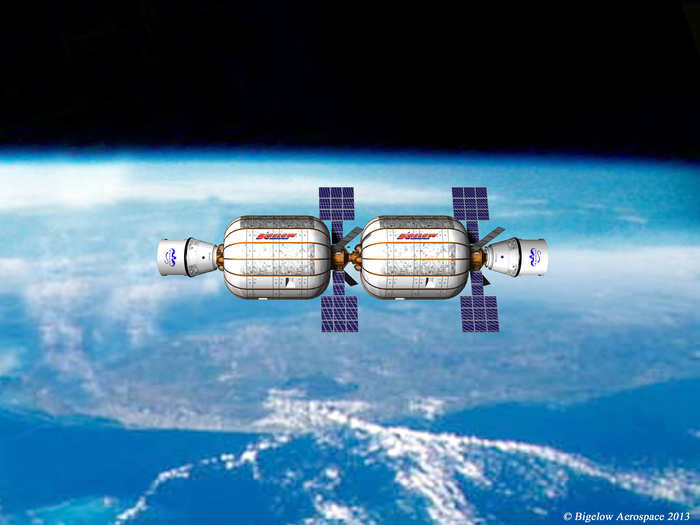
Bigelow says that its expandable requires very little maintenance — astronauts will be able to devote almost all of their time to their own experiments, rather than upkeep.
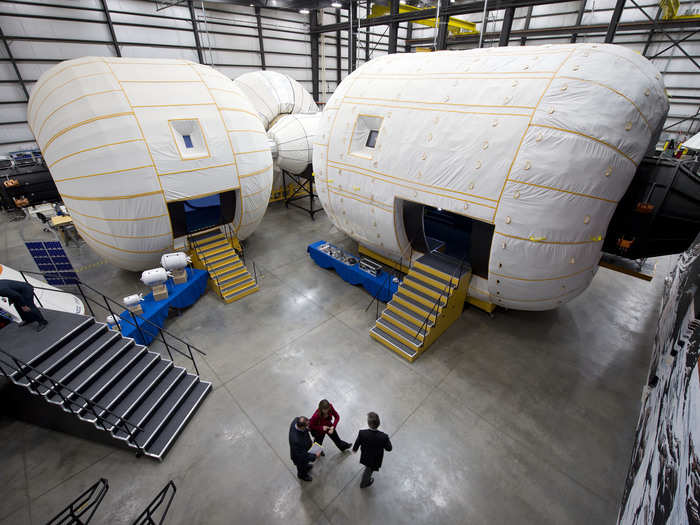
Companies or governments could use the space station to do scientific research in microgravity. They offer a lot more space for less money than the International Space Station.
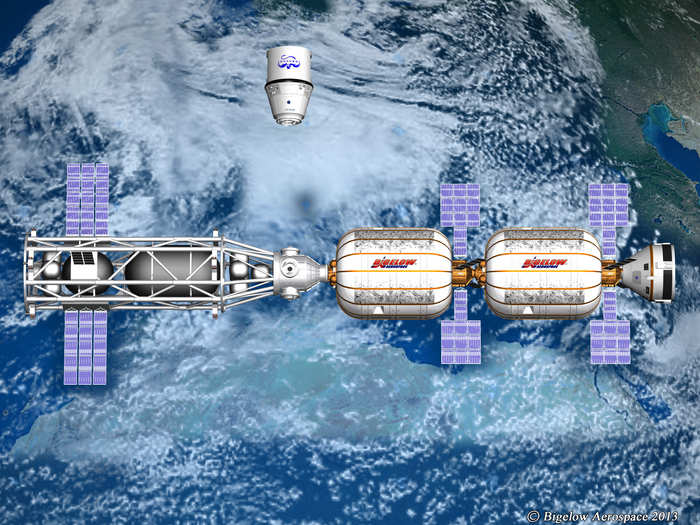
NASA and Bigelow hope these habitats will help humans travel to Mars in the future, for example, to be used as a rest stop and refueling station during the long trip.
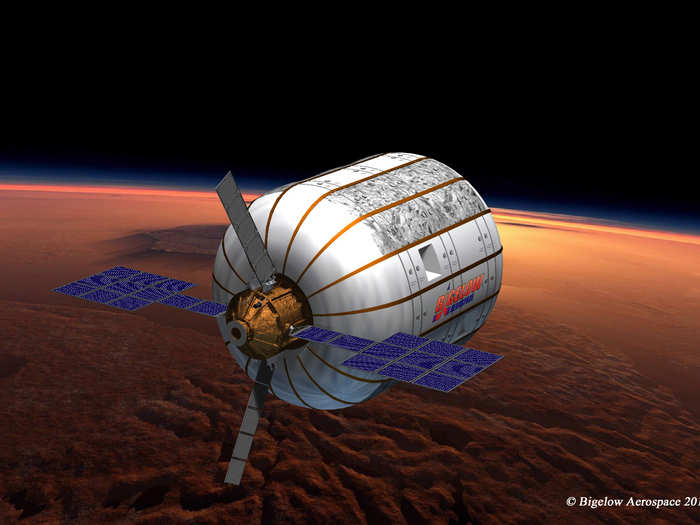
Now see the tech we used to build the ISS.
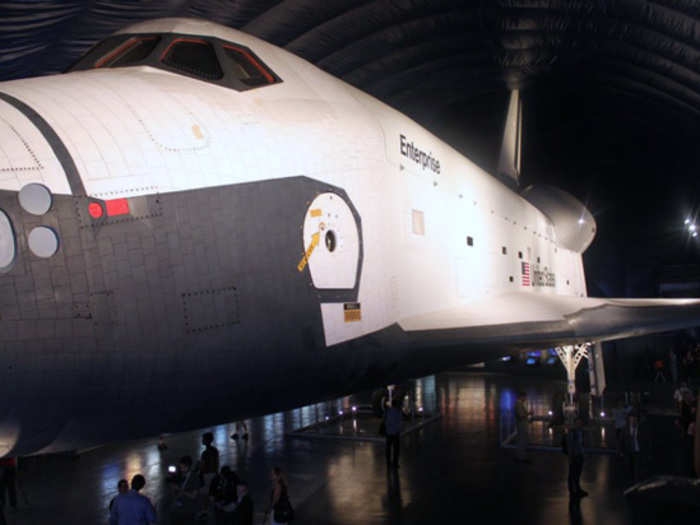
Popular Right Now
Popular Keywords
Advertisement